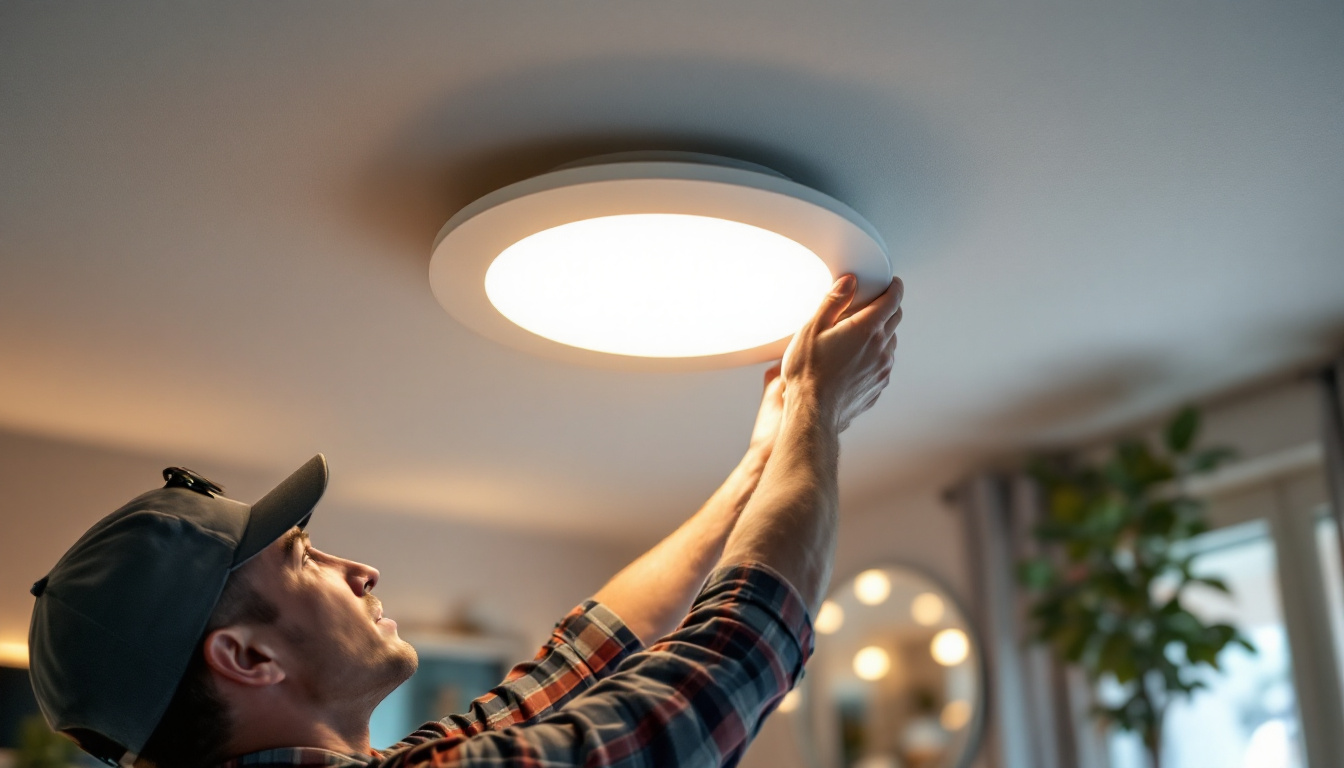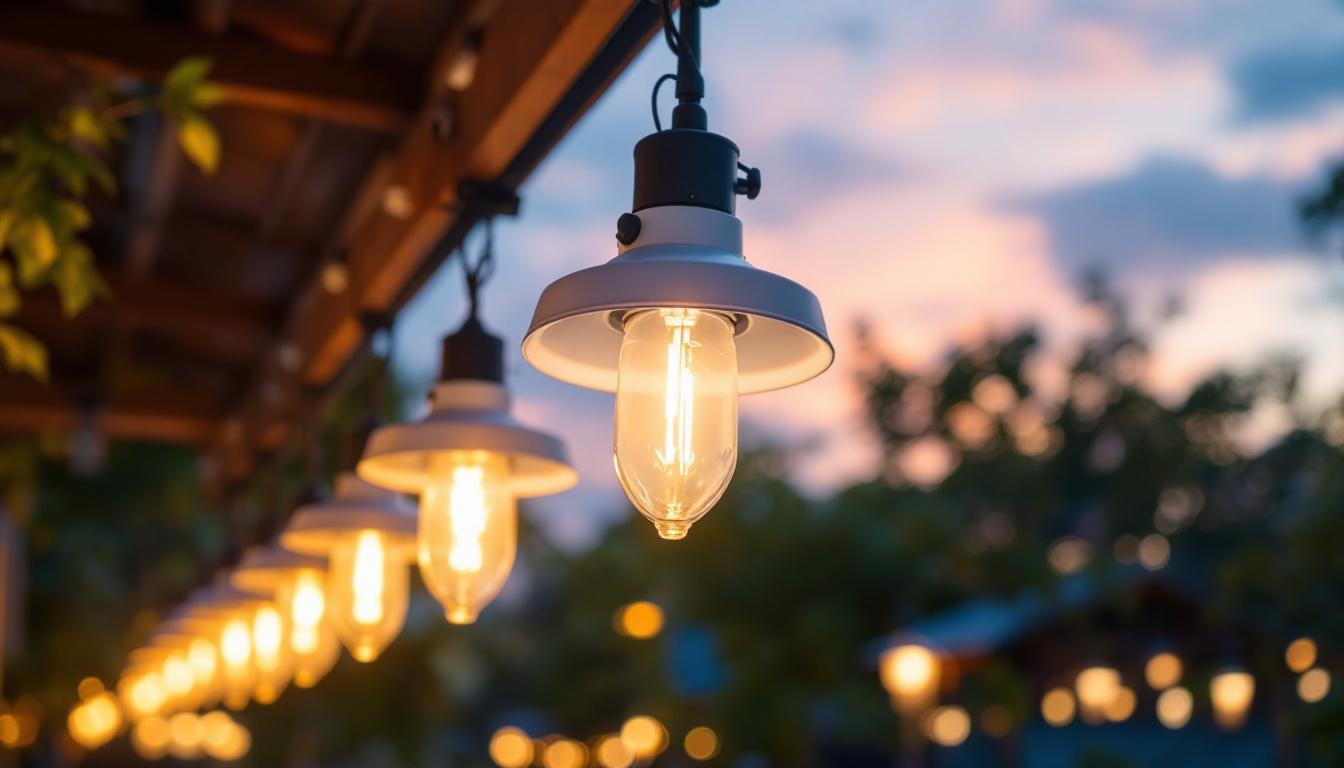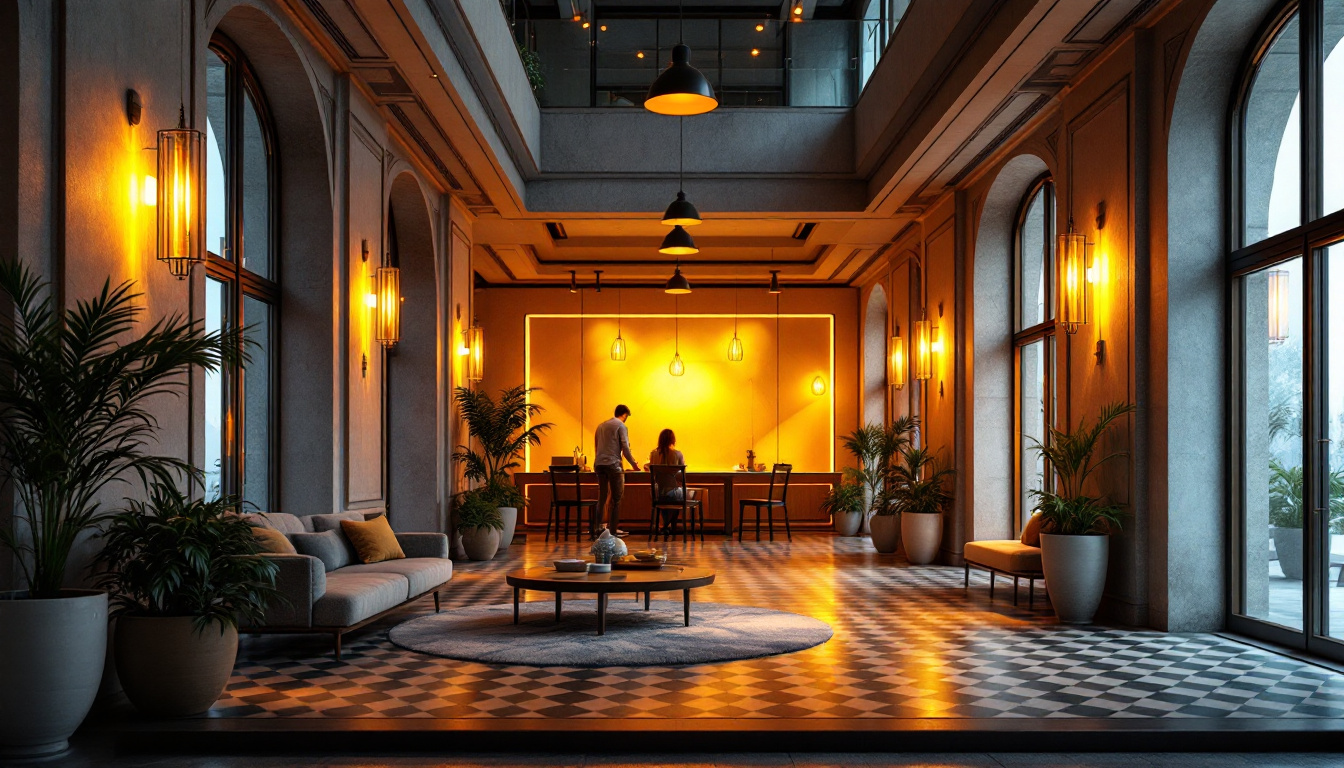
In the world of modern lighting design, recessed lighting has become a staple in both residential and commercial spaces. Among the various components that contribute to its effectiveness, LED recessed light trim plays a crucial role. For lighting contractors, understanding the significance of LED recessed light trim is essential for delivering high-quality installations that meet client expectations. This article delves into the reasons why every lighting contractor should prioritize LED recessed light trim in their projects.
LED recessed light trim refers to the decorative and functional components that surround the light source in recessed fixtures. These trims not only enhance the aesthetic appeal of the lighting but also play a vital role in the fixture’s performance. They come in various styles, sizes, and finishes, allowing contractors to choose options that best suit the design and functional requirements of a space.
There are several types of LED recessed light trims available, each designed for specific applications. Some common types include:
Understanding the various types of trims available enables contractors to make informed decisions that align with the specific needs of their projects. Additionally, some trims come with integrated features such as color temperature adjustments or dimming capabilities, providing even greater flexibility in lighting design. This adaptability is particularly beneficial in multi-functional spaces where lighting requirements may change throughout the day or during different activities.
The materials and finishes of LED recessed light trims can significantly impact both aesthetics and functionality. Common materials include aluminum, plastic, and steel, each offering different durability and weight characteristics. Finishes range from matte white to polished chrome, allowing contractors to match the trim with the overall design scheme of the space.
Choosing the right material and finish not only enhances the visual appeal but also ensures longevity and performance, making it a critical consideration for lighting contractors. For instance, aluminum trims are often favored for their lightweight nature and resistance to corrosion, making them suitable for humid environments such as bathrooms or kitchens. On the other hand, steel trims may offer a more robust option for commercial settings where durability is paramount. Moreover, the finish can influence the light’s quality; a matte finish can diffuse light more evenly, while a glossy finish can create a more dramatic effect. Understanding these nuances allows for a more tailored approach to lighting design, ensuring that both form and function are harmoniously achieved.
Incorporating LED recessed light trim into lighting projects offers numerous advantages that can enhance both the quality of the installation and the satisfaction of clients. Here are some key benefits:
One of the most significant advantages of LED technology is its energy efficiency. LED recessed light trims consume considerably less energy compared to traditional incandescent or halogen options. This not only reduces electricity bills for clients but also contributes to a more sustainable environment.
For lighting contractors, promoting energy-efficient solutions can be a strong selling point. Clients are increasingly seeking ways to reduce their carbon footprint, and offering LED recessed light trim can fulfill this demand while showcasing the contractor’s commitment to sustainable practices.
LED lights have a much longer lifespan compared to traditional lighting options. This longevity translates to fewer replacements and maintenance visits, which is a significant advantage for both contractors and clients. Clients appreciate the reduced hassle of changing bulbs frequently, while contractors benefit from fewer callbacks and enhanced reputation for reliability.
Additionally, LED recessed light trims are designed to withstand various environmental conditions, making them suitable for a wide range of applications, from kitchens to outdoor spaces.
While LED recessed light trims offer numerous benefits, proper installation is crucial to ensure optimal performance. Lighting contractors must be aware of several key considerations during the installation process.
Before selecting LED recessed light trims, contractors should assess the compatibility with existing fixtures. Not all trims fit all housings, and ensuring a proper fit is essential for both aesthetics and functionality. Contractors should consult product specifications and guidelines to avoid potential installation issues.
In cases where existing fixtures are not compatible, contractors may need to recommend replacing the entire housing, which can add to project costs. Clear communication with clients about these considerations is vital to manage expectations effectively.
LED recessed light trims often require specific wiring configurations to function correctly. Contractors should be familiar with the electrical requirements of the trims they choose to ensure safe and efficient installations. This includes understanding voltage ratings, dimming capabilities, and any additional components that may be needed.
Proper wiring not only ensures the safety of the installation but also enhances the performance of the lighting system. Contractors should prioritize adhering to local electrical codes and regulations during the installation process.
Beyond functionality, LED recessed light trims can significantly enhance the aesthetic appeal of a space. The right trim can complement the overall design and create a cohesive look throughout the environment.
LED recessed light trims come in various designs, allowing contractors to choose options that align with the client’s vision. Whether the goal is to achieve a modern, minimalist look or a more traditional aesthetic, there are trims available to suit any style.
This design versatility enables contractors to work closely with clients to create personalized lighting solutions that enhance the overall ambiance of a space. By offering a range of trim options, contractors can elevate their service and differentiate themselves in a competitive market.
LED recessed light trims can also be used strategically to create focal points within a room. By directing light to specific areas, such as artwork or architectural features, contractors can enhance the visual impact of these elements.
Using adjustable trims allows for greater flexibility in directing light, making it easier to highlight key features and create a dynamic lighting scheme. This ability to manipulate light can significantly enhance the overall design of a space, making it more inviting and visually appealing.
For lighting contractors, educating clients about the benefits and options available with LED recessed light trims is essential. Effective communication can lead to more informed decisions and greater client satisfaction.
Clients may not fully understand the long-term cost savings associated with LED technology. By explaining the energy efficiency and longevity of LED recessed light trims, contractors can help clients appreciate the value of their investment.
Providing clear comparisons between LED options and traditional lighting can also assist clients in making informed choices that align with their budget and preferences.
Educating clients on the maintenance requirements of LED recessed light trims can enhance their overall experience. While LEDs require less maintenance than traditional options, understanding how to care for them can prolong their lifespan and ensure optimal performance.
Contractors can provide clients with simple maintenance tips, such as cleaning the trims regularly and avoiding excessive heat exposure, to help them maintain their lighting systems effectively.
The lighting industry is constantly evolving, and staying informed about future trends is crucial for lighting contractors. As technology advances, new innovations in LED recessed light trims are emerging, offering even greater possibilities for design and functionality.
One of the most significant trends in lighting is the integration of smart technology. Many LED recessed light trims are now compatible with smart home systems, allowing for remote control and automation. This capability enables clients to customize their lighting experience, adjusting brightness and color temperature to suit their needs.
For contractors, offering smart lighting solutions can set them apart from competitors and appeal to tech-savvy clients looking for modern solutions.
Advancements in LED technology have also led to improved color rendering capabilities. High Color Rendering Index (CRI) LED trims can accurately represent colors, making them ideal for spaces where color accuracy is essential, such as art galleries or retail environments.
Contractors should stay updated on these advancements to provide clients with the best options available, ensuring that their installations meet the highest standards of quality and performance.
LED recessed light trims are an essential component of modern lighting design, offering numerous benefits that enhance both functionality and aesthetics. For lighting contractors, understanding the various types, benefits, and installation considerations of LED trims is crucial for delivering high-quality installations that meet client expectations.
By prioritizing LED recessed light trims, contractors can provide energy-efficient, long-lasting, and visually appealing lighting solutions that elevate their projects. As the industry continues to evolve, staying informed about trends and innovations will further enhance the contractor’s ability to meet the diverse needs of clients.
Incorporating LED recessed light trims into projects not only benefits contractors but also contributes to a more sustainable and aesthetically pleasing environment for clients. Embracing this technology is not just a trend; it is a step towards the future of lighting design.
Ready to elevate your lighting projects with the best LED recessed light trims on the market? Look no further than LumenWholesale, where we provide contractors with the highest quality, spec-grade lighting products at unbeatable wholesale prices. Say goodbye to local distributor markups and hello to superior lighting solutions that fit your budget. With our extensive selection, you’re sure to find the perfect fit for any design, ensuring reliability and high performance for every installation. Plus, with free shipping on bulk orders, you can stock up on premium lighting without any hidden fees. Don’t compromise on quality or value—choose LumenWholesale for a seamless blend of affordability and convenience. Wholesale Lighting at the Best Value is just a click away.

Discover how to enhance your outdoor lighting with the right light covers.

Explore how 5 ft LED lights operating at 110 volts are revolutionizing energy efficiency in homes and businesses.

Discover essential compliance insights for lighting contractors with our comprehensive guide on white linear track lighting.

Discover the essential checklist for lighting contractors in architectural projects.